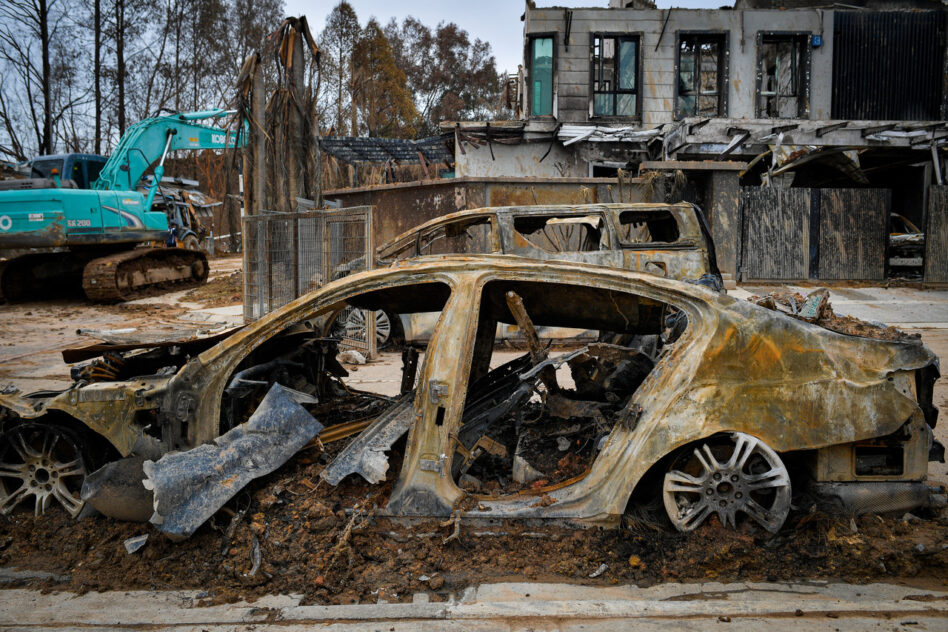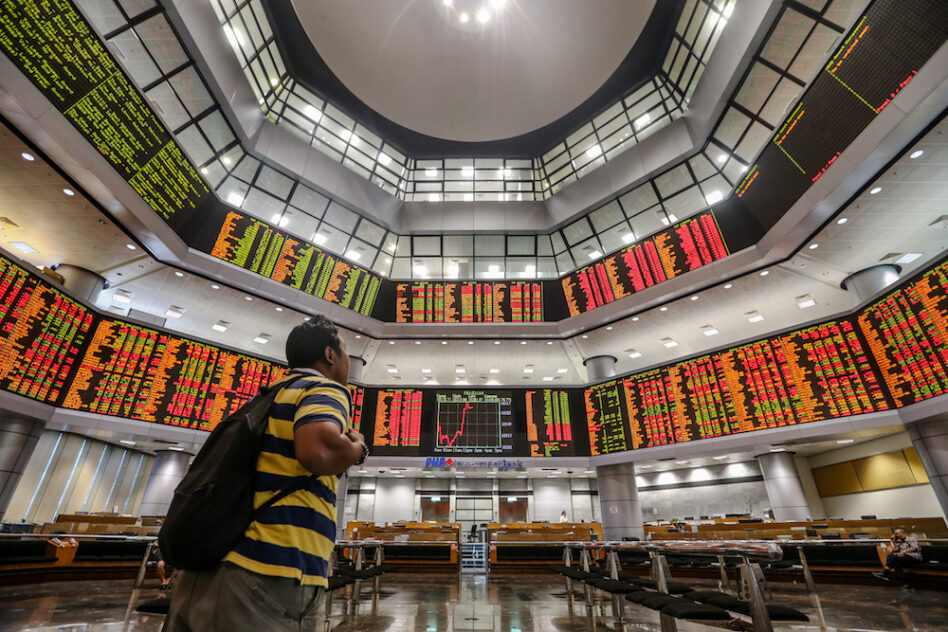MUMBAI: A new virus is putting China’s rise into sharp perspective. Economic growth rebounded quickly after the 2003 outbreak of Severe Acute Respiratory Syndrome (SARS) which originated in the People’s Republic and killed nearly 800 people.
Stronger preventative measures this time are offset by a potentially more contagious coronavirus that has already infected at least 2,835 and killed 81.
What’s more, the world’s second-largest economy, already weak, now accounts for a much larger share of global growth. No wonder investors are jittery. Stock stumbled from Japan to Europe on Monday (Jan 28), and oil prices slumped almost 3%.
The impact on financial markets closer to the virus’ epicentre will probably be sharper, but only felt when Hong Kong’s sted with much of Hubei province, home to nearly 60 million people, facing some kind of curtock market reopens after the Lunar New Year on Wednesday.
Productive activity on the mainland is now heavily disrupts on travel. Authorities also extended the annual week-long holiday for manufacturers in the eastern hub of Suzhou all the way to the financial capital of Shanghai.
Although the new virus appears less deadly, it is a bigger economic threat to China than past outbreaks. The country’s gross domestic product was expanding at close to double-digit rates when SARS struck.
Now growth is set to slow from 6.1% in 2019 to 5.8% in 2021, according to the International Monetary Fund. Banks, already struggling with bad debt, will have to lend at lower interest rates to support companies struggling because of the outbreak.
Infrastructure spending, the preferred means of stimulus, is less impactful as China gets richer. Beijing has increasingly turned to consumers to prop up the economy but they are now more likely to hold back.
China’s sheer size means its problems are also more keenly felt elsewhere. The People’s Republic contributed barely 4% to global GDP in 2003 and a similar amount to global growth.
In the current calendar year it is expected to generate almost 17% of global output and account for 29% of growth. Until now, India’s stalling economy was the main reason for the IMF to cut its forecast for global growth this year to 3.3%.
As people infected with the virus turn up in countries from the United States to Australia, and some nations turn away and quarantine visitors, China’s new outbreak is another threat. – Jan 28, 2020, Reuters









